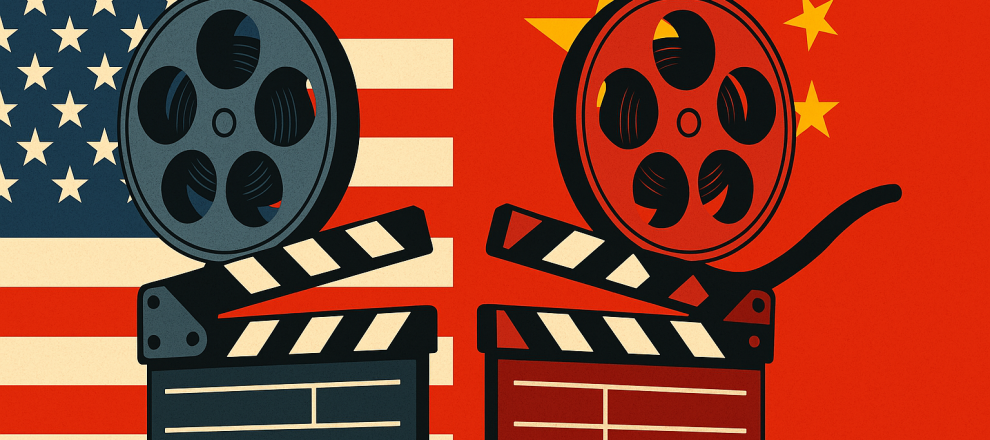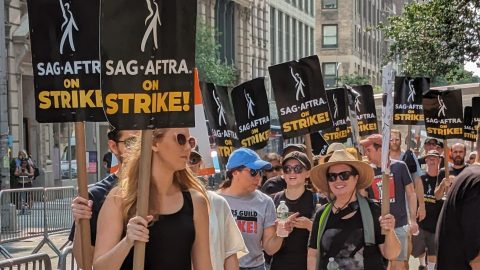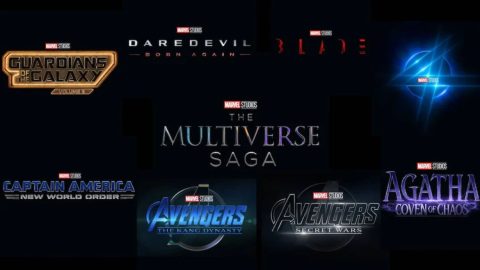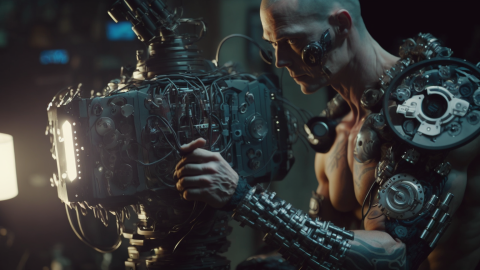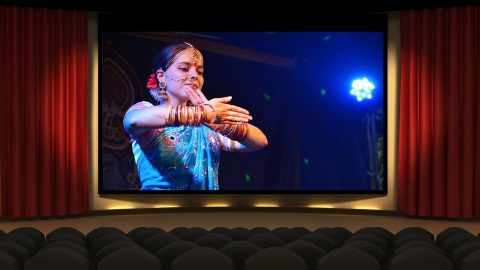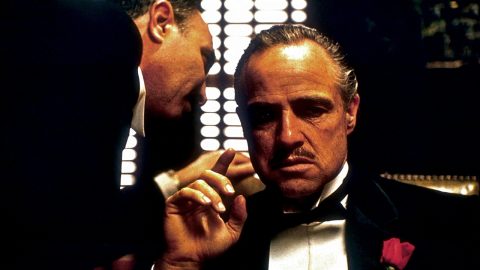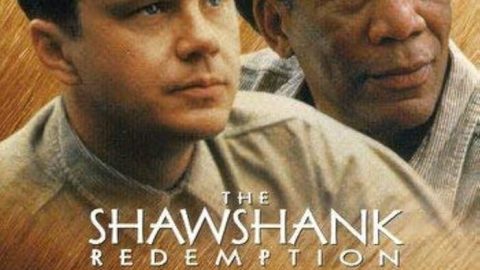The escalating trade conflict between the United States and China has cast a shadow over Hollywood, with the Chinese government announcing plans to reduce imports of American films. This move, a direct response to the U.S. administration’s recent tariff hikes on Chinese goods, threatens to disrupt a vital revenue stream for the American film industry.
China’s Retaliatory Measures Target Hollywood
In response to the U.S. increasing tariffs on Chinese imports to 125% (or even 145% according to some), China has decided to “moderately reduce” the number of American films allowed into its theaters. The China Film Administration stated that the U.S. government’s actions have diminished Chinese audiences’ favorability toward American films, prompting this policy shift.
This development is significant, considering China’s position as the world’s second-largest film market. In recent years, Hollywood has increasingly relied on Chinese box office revenues to bolster global earnings. For instance, films like “Godzilla x Kong: The New Empire” and “Minecraft” have each grossed over $100 million in China, accounting for substantial portions of their worldwide totals.
Financial Implications for U.S. Studios
The reduction in film imports has already impacted major U.S. studios. Shares of Disney and Warner Bros. Discovery experienced significant declines following China’s announcement, reflecting investor concerns over potential revenue losses. On April 10, 2025, Disney’s shares fell by 8.7%, while Warner Bros.’s dropped by 15%, underperforming the broader market decline of 5.8% on the same day.
While some analysts suggest the immediate financial impact may be limited – given that Hollywood’s share of China’s box office has decreased to around 5% – the long-term implications could be more severe. Studios may need to adjust budgets and production strategies if access to the Chinese market continues to wane.
Broader Industry Challenges
The trade tensions compound existing challenges within the American film industry. Hollywood is still recovering from the disruptions caused by the COVID-19 pandemic and recent labor strikes. Additionally, the rise of streaming platforms and changing consumer behaviors have already pressured traditional box office revenues.
The potential loss of Chinese market access adds another layer of uncertainty. Studios may face difficulties in securing financing for big-budget productions without the assurance of international box office returns, particularly from China.
China’s Box Office Boom and Soft Power Ambitions
While Hollywood grapples with these challenges, China’s domestic film industry is experiencing a renaissance. In 2024, Chinese films dominated the box office, with “YOLO” grossing approximately $479 million, “Successor” earning $469 million, and “Pegasus 2” bringing in $466 million. These successes underscore China’s growing capability to produce content that resonates with its audiences.
This surge aligns with China’s broader strategy to enhance its “soft power” – the ability to influence global perceptions through cultural means. By investing in its film industry, China aims to project its values and narratives internationally, challenging Hollywood’s longstanding dominance.
Global Ripple Effects on Film Production Services
The U.S.-China trade tensions are not only affecting American studios but also have significant implications for international partners involved in film production and post-production services. Countries like Australia, Canada, South Korea, and New Zealand, which have been integral to Hollywood’s global production pipeline, are facing uncertainties.
In Australia, investment in film and television production plummeted by nearly 30% in the 2023-24 financial year. Factors contributing to this decline include global economic conditions, changing audience consumption trends, and uncertainty regarding government incentives for Hollywood productions.
Similarly, Canada’s film industry, which has benefited from being a favored location for U.S. productions due to tax incentives and skilled labor, is bracing for potential downturns. The uncertainty surrounding international trade agreements and tariffs could make cross-border collaborations more complex and less financially viable.
South Korea and New Zealand, known for their advanced post-production facilities and scenic filming locations, respectively, also risk losing significant business if Hollywood reduces its international footprint due to trade-related constraints.
Navigating the Path Forward
In response to these challenges, Hollywood may need to diversify its international markets and invest more heavily in content that appeals to a global audience without relying on Chinese distribution. Collaborations with other international markets and a focus on digital distribution channels could mitigate some of the financial risks.
Moreover, the industry might reassess its content strategies to reduce dependence on markets with unpredictable regulatory environments. By fostering creative freedom and exploring new storytelling avenues, Hollywood can adapt to the evolving global landscape.
As the U.S.-China trade war continues, the American film industry must navigate these complex challenges with strategic foresight and adaptability to maintain its global influence and financial stability.
